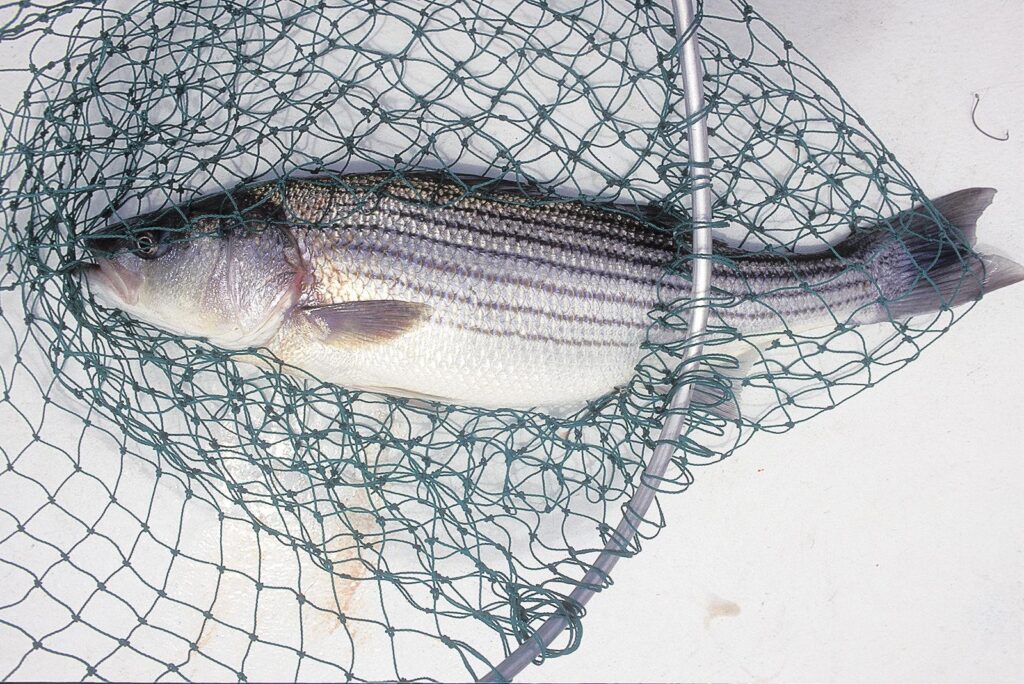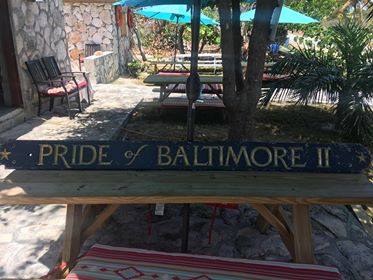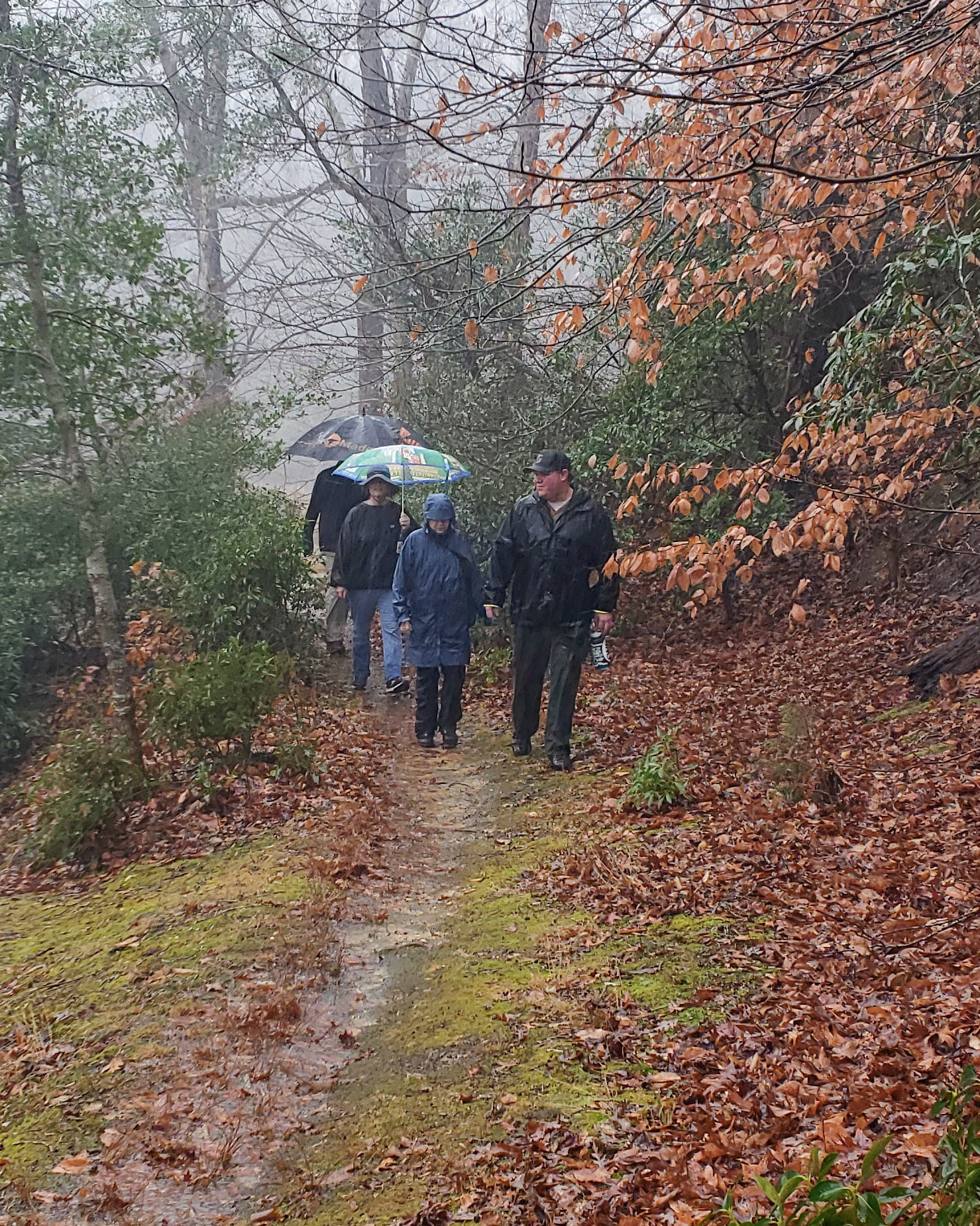All fishing for striped bass in Maryland, Pennsylvania and the Potomac River could face a shutdown, unless fisheries managers in Atlantic coast states can resolve issues over how to meet new catch limits.
After an at-times testy debate, the striped bass management board of the Atlantic States Marine Fisheries Commission voted March 26 to reject plans by Maryland and the Potomac River Fisheries Commission over how they would meet required commercial catch reductions. It also rejected Pennsylvania’s plan because it sought to delay imposition of mandated recreational catch limits.
The Atlantic states commission, which regulates inshore fishing for migratory species, voted in January to tighten both recreational and commercial catches of the fish commonly known in the Chesapeake Bay region as rockfish. They did so in response to a worrisome spike in the recreational catch along the coast in 2022, along with a five-year stretch of poor reproduction of the fish in the Bay, their primary spawning and nursery grounds.
Under rules scheduled to take effect May 1, recreational anglers will be limited to just one fish per day within narrow minimum and maximum size limits. Commercial fishers face a 7% reduction in their annual quota.
The cutbacks are particularly controversial in Maryland, where on March 8 groups representing commercial watermen and charter fishing businesses filed a federal lawsuit challenging their legality. The case is pending.
At its March 26 meeting, the striped bass board approved all but three (Maryland, Potomac River, Pennsylvania) of the affected East Coast jurisdictions’ plans for tightening catch rules.
At issue with the plans for Maryland and the Potomac River were provisions for delaying action until 2026 if their 2024 commercial harvests exceed the 7% cutback. Under the rules, jurisdictions that exceed that limit would have to offset the overage the following year with further reductions.
But Maryland and the Potomac fisheries agency said they wouldn’t be able to make adjustments until 2026. Because of a lag in reporting, they said, they won’t know until spring 2025 at the earliest if the 2024 commercial harvest overshoots the quota.
Other states’ board representatives criticized the stance of Maryland, which has the largest commercial striped bass fishery on the East Coast. The Baywide commercial catch quota for this year under the new rules is nearly 2.8 million pounds, with Maryland allotted nearly half, Virginia one-third and the Potomac River about one-fifth.
“It seems to me there’s an opportunity to take action in 2025 for Maryland,” said Emerson Hasbrouck, a board member from New York. “They’re just not willing to do it.”
Mike Luisi, a board member and Maryland DNR fisheries manager, countered that his agency lacks the resources to move that quickly. He said later that DNR has just one full-time employee assigned to manage the commercial striped bass fishery of some 900 license holders.
Luisi argued that the “administrative burden” was not warranted. Maryland’s commercial harvest has usually been below the annual quota, he said, so the number of fish at stake was likely to be “biologically insignificant.” Coastwide, recreational anglers are estimated to be responsible for 90% of the striped bass mortality, both from harvest and from fish dying after being caught and released.
But Dennis Abbott, a board member representing New Hampshire, warned against making exceptions, saying the striped bass stock has been experiencing “death by a thousand cuts.”
The Virginia Marine Resources Commission had already handed out tags for tracking each fish caught commercially before the commission decided to cut the quota by 7%. But Pat Geer, Virginia’s deputy fisheries chief, said the state requires commercial fishers to report their catch electronically, so his staff can monitor the harvest and close the season early if it appears the quota may be exceeded.
Maryland DNR doesn’t require commercial harvesters to report their catch electronically, so it lacks the ability to track numbers so closely, Luisi said. Legislation is pending in Annapolis that could change that.
Pennsylvania drew disapproval because it sought to delay imposition of the new one-fish-per-day and size limits because it would otherwise take effect midway through its April–May season for striped bass fishing. It argued that the change would be procedurally burdensome, confusing and could result in fishing violations. But the board denied the request and directed the state to try to get the new rule in place by May 1.
The board gave Maryland, Pennsylvania and the Potomac fisheries agency until April 12 to submit revised plans that comply with the new rules. If any of the plans fail to do so, then the board at its May 1 meeting could decide to ask the U.S. Commerce Secretary to impose a moratorium on all striped bass fishing for individual states deemed in noncompliance.
Robert T. Brown Sr., president of the Maryland Watermen’s Association, said the stance of the Atlantic states commission is “unjust, unfair and uncalled for.”
Representatives of recreational fishing and conservation groups called on Maryland to meet the commission’s requirements.
“Failing to do so could trigger a closure of the fishery in state waters and a massive economic hit for Maryland’s recreational fishing and boating economy,” said David Sikorski, executive director of the Coastal Conservation Association Maryland.
“With striped bass being at the level they are,” said Allison Colden, Maryland director of the Chesapeake Bay Foundation, “it’s ever more important that we are doing as much as possible [and] that we are reducing fishing mortality in the timeline set by the board.”
Luisi said the state would try.
“How we’re going to put together a new approach has yet to be determined,” he said, but added, “We’re going to fall in line and do what they asked us to do.”
You can read this story in its entirety at bayjournal.com.




